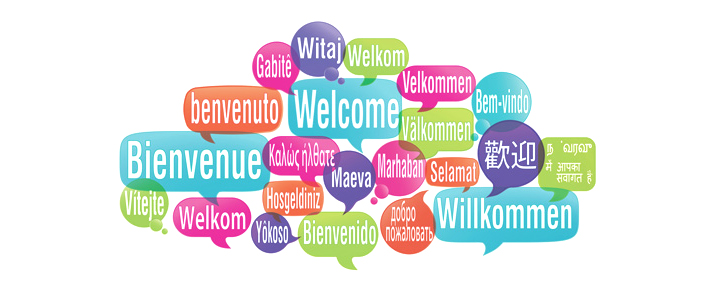WHY WE PRESERVE LINGUISTIC DIVERSITY
It is probably common for people who live in Indonesia to be bilingual or even multilingual. Not only do the majority of people speak Indonesian as the national language, but many also speak regional languages or have learned English in school. There are thousands of languages around the world still being used, and the condition that people in a certain area speak different languages can be broadly defined as linguistic or language diversity. But why should we preserve linguistic diversity? If all humans were to speak the same or only a few languages, wouldn’t that make communication easier? Maybe, but by losing a language, humans may lose other things.
Firstly, language is closely related to the cultural identity of a group. By preserving the diversity of languages, we respect various communities’ identities and cultural heritage, especially those of minority groups. Through language, people can express their cultures, beliefs, knowledge, and connect with their histories. An example of how language is interconnected with culture is how some languages have different levels of formality, indicating a culture that highly respects hierarchy. Other examples of culture embedded in language are the use of specific names, like the words soto or angklung. Both are parts of Indonesian culture, and those markers of identity exist within the language.
Image source: https://shanghaimamas.org/raising-multilingual-kids/
Secondly, different languages give various perspectives about the world. Different civilizations have different vocabularies that can give different understandings and explanations about the world. For example, in French, the word “potato” is pomme-de-terre which literally translates to “apple of the Earth”. It may not be important to know, but it is interesting to see the different ways to describe a regular thing. There are also specific concepts that may be hard to translate directly, like the Japanese concept of ikigai. Through different languages, humans can have different perspectives of the world.
Thirdly, various ways language can express a human’s experience are simply beautiful and fun. The range of vocabularies, the varying rhythms, writing systems, sounds, and structures are all very fascinating. Some languages have multiple words for love. Javanese has different words to describe the way someone falls. Some writing systems use alphabets to inform readers about its pronunciation, while logographic writing systems, like Chinese hanzi, tell more about a word’s meaning instead of sound. Some languages shine when written, producing unique yet well-defined characters, while some shine when spoken, bringing out their sweet-sounding sound through their speakers. All of them are unique, and opening up to them can make someone appreciate all the diverse ways humans express life.
It might seem more practical for communication if everyone could speak the same language. Still, language is such a huge part of our identity that losing linguistic diversity can limit our mode of articulating our experiences. It is a reality that language can often become a barrier, but if utilized correctly, it can also be a bridge. So, what kind of bridge would you like to pursue in your linguistic identity?
References
Abelian, M. (2022, February 21). Linguistic Diversity: An Imperative for the United Nations. United Nations. https://www.un.org/en/un-chronicle/linguistic-diversity-imperative-united-nations
Language diversity brings us together, not divides us. (2013, March 19). The University of Adelaide. https://www.adelaide.edu.au/news/news60141.html#:%7E:text=%22These%20include%20ethical%20reasons%20%2D%20by,cognitive%20abilities%20and%20educational%20outcomes


